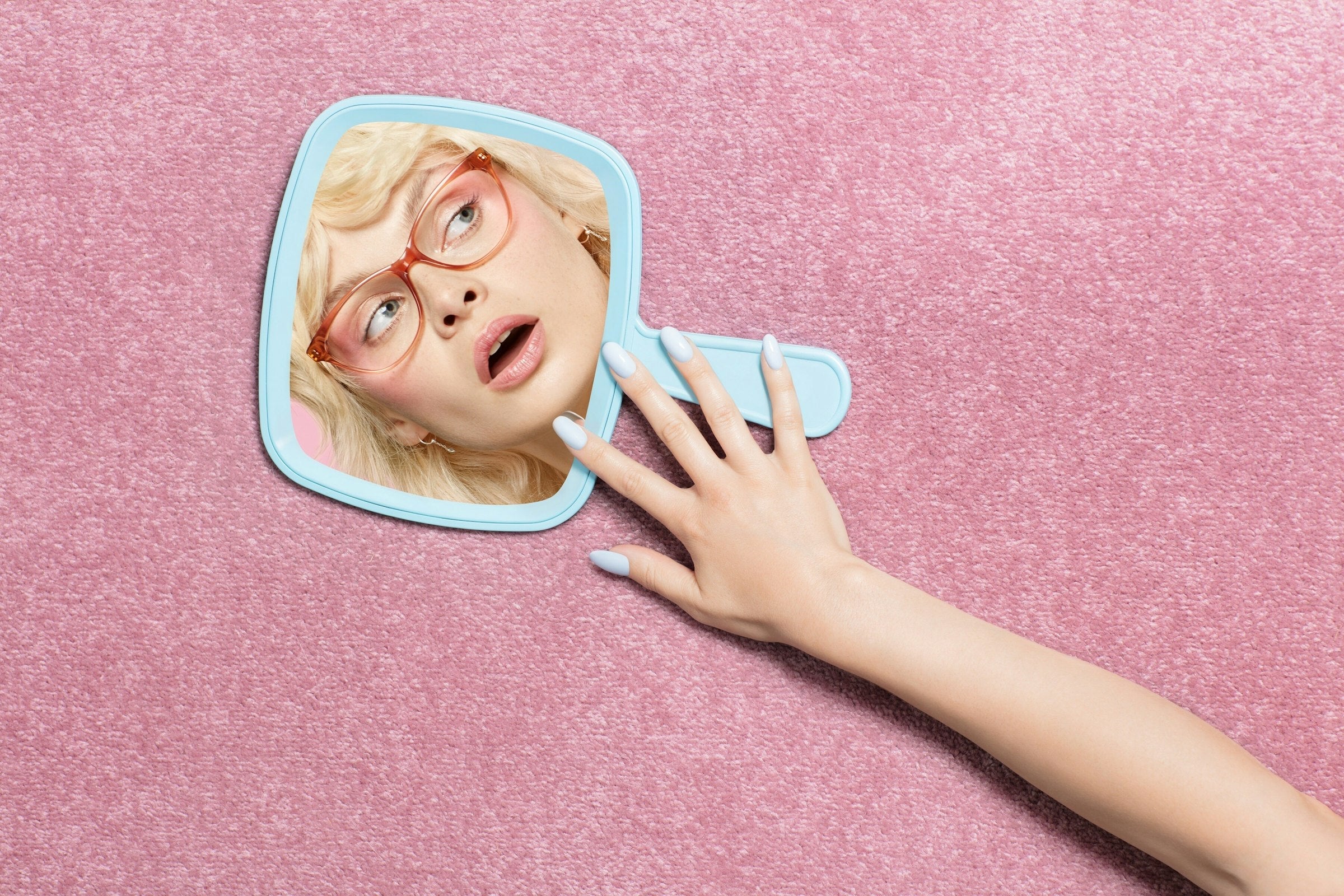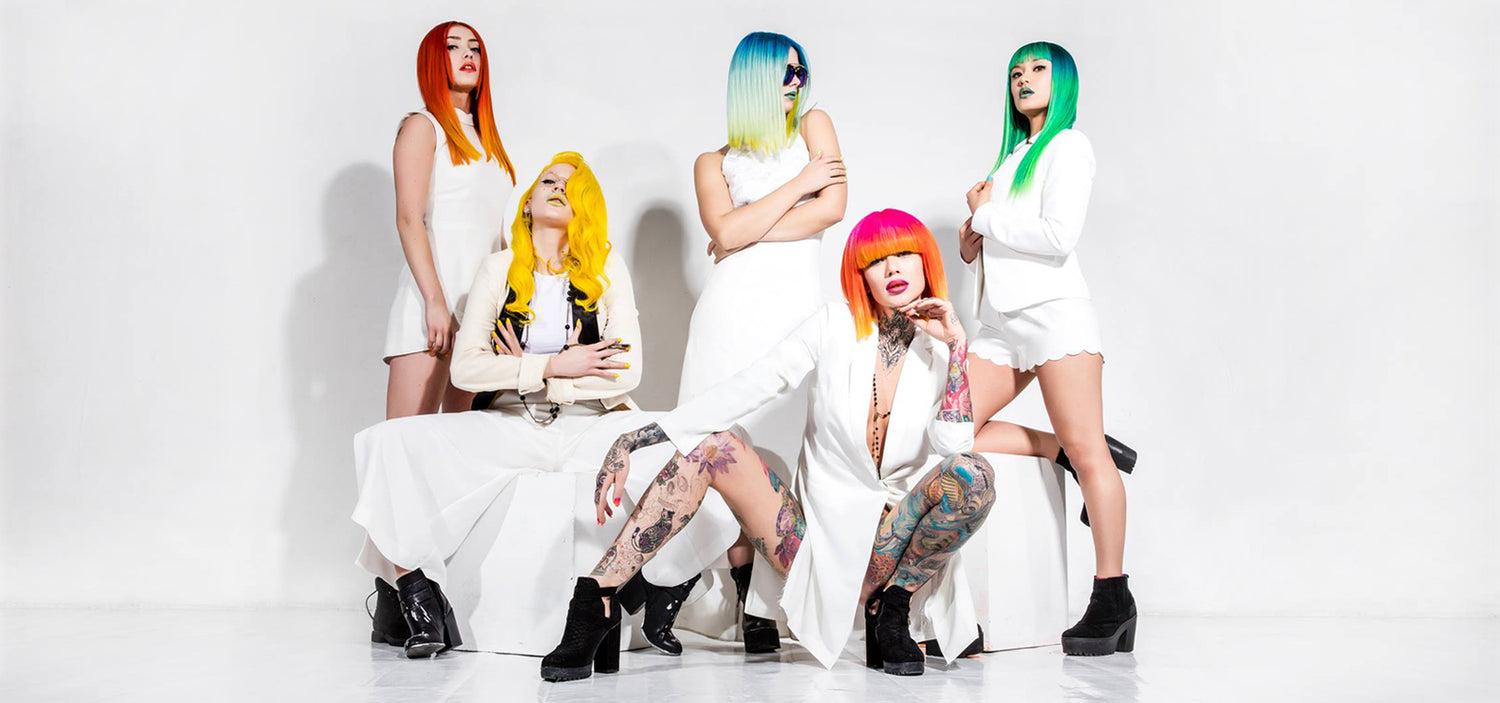As hair care professionals, we’ve seen it all—from stunning transformations, to over-processed breakage, and everything in between. Unfortunately yes, also the dreaded scalp irritation that sometimes comes with bleaching. If you’ve ever felt a tingling or burning sensation during a bleaching session, you may have wondered: Is this normal? Should I be concerned?
The truth is, while some mild discomfort can be expected, but intense burning or irritation is never normal and should be addressed immediately. Bleach is a powerful chemical treatment, and without proper care, it can lead to scalp sensitivity, dryness, or even chemical burns.
In this guide, I’ll explain the science behind why bleach affects the scalp, how to prevent irritation, and—most importantly—how to soothe and protect the scalp using professional-grade solutions like the INNOluxe Calm Down range.
The Science Behind Bleach and Scalp Sensitivity
Hair bleach is formulated with hydrogen peroxide and persulfates, which work by breaking down melanin (the pigment in hair) to achieve lighter shades. However, these chemicals don’t just impact hair—they can also affect the scalp’s pH balance and moisture levels.
Why Does Bleach Cause Burning or Irritation?
-
Alkaline Disruption:
- The scalp has a natural pH of 4.5–5.5, which helps maintain a healthy skin barrier.
- Bleach has a pH of 9–11, making it highly alkaline. This disrupts the scalp’s protective barrier, leading to dryness, itching, and sometimes chemical burns.
-
Oxidation & Heat Production:
- Bleach works through an oxidation reaction, which generates heat. If the scalp is already sensitive, this heat can amplify discomfort.
-
Pre-Existing Sensitivity & Over-Processing:
- Those with sensitive scalps may be more prone to irritation.
- Overlapping bleach on previously treated areas or leaving it on too long increases the risk of chemical burns.
Bleach Burns: What’s Normal vs. What’s Not?
✔ Mild Tingling & Warmth: A slight tingling sensation can be expected as bleach lifts the hair colour.
✔ Temporary Redness: The scalp may appear slightly pink but should return to normal within a few hours.
✖ Severe Burning or Intense Pain: This is a warning sign that the scalp is reacting negatively. Bleach should be rinsed out immediately.
✖ Blistering, Peeling, or Scabbing: These are signs of a chemical burn and should be treated promptly.
✖ Ongoing Itching, Swelling, or Infection: If symptoms persist, seek professional advice, as this could indicate an allergic reaction or infection.
How to Soothe and Protect the Scalp After Bleaching
A well-cared-for scalp is essential for healthy, vibrant hair. If discomfort occurs after bleaching, the following steps will help restore balance and promote healing.
1. Soothe the Scalp with a Targeted Treatment
One of the best ways to calm post-bleach irritation is by applying a cooling and hydrating tonic like INNOluxe Calm Down Tonic.
✨ Why Experts Recommend It:
✔ Menthol & Tea Tree Oil: These provide immediate cooling relief and help reduce inflammation.
✔ Antioxidant-Rich Botanical Extracts: Support the scalp’s recovery process.
✔ Non-Greasy Formula: Can be applied directly to the scalp without making hair feel oily or weighed down.
Professional tip: Apply it immediately after bleaching to neutralize irritation and keep the scalp hydrated.
2. Use a Gentle, pH-Balanced Shampoo
Post-bleach scalp care starts with the right shampoo. Many regular shampoos have a high pH, which can further strip moisture from an already-sensitive scalp.
INNOluxe Calm Down Shampoo is an excellent choice because it is sulfate-free and pH-balanced, making it ideal for chemically treated hair.
✨ Why Experts Recommend It:
✔ Mild, Non-Stripping Formula: Cleanses without removing essential moisture.
✔ Botanical Infusions: Helps maintain scalp comfort and hydration.
✔ Free from Harsh Sulfates & Parabens: Gentle enough for frequent use on sensitive scalps.
Using a hydrating, sulfate-free shampoo prevents further dryness and keeps the scalp comfortable after chemical treatments.
3. Follow with a Hydrating Conditioner
Bleach doesn’t just affect the scalp—it also dehydrates the hair, making it brittle. A nourishing conditioner is crucial for restoring hydration and softness.
INNOluxe Calm Down Conditioner replenishes lost moisture while maintaining scalp balance.
✨ Why Experts Recommend It:
✔ Deep Hydration: Replenishes moisture in both the scalp and hair.
✔ Strengthening & Softening Properties: Prevents breakage and restores elasticity.
✔ Lightweight & Non-Greasy: Won’t weigh down fine or bleached hair.
For best results, apply to damp hair after every wash, focusing on both the scalp and ends.
Long-Term Scalp Protection: Expert Tips
💡 Before Bleaching:
- Avoid washing the hair 24–48 hours before bleaching. The scalp’s natural oils act as a barrier against irritation.
- Apply a protective oil or barrier cream (such as coconut oil) to create a buffer between bleach and the scalp.
- Always perform a patch test to check for sensitivity.
💡 After Bleaching:
- Limit heat styling (blow-drying, straightening) to avoid further stressing the scalp.
- Use only pH-balanced, gentle hair products to maintain scalp health.
- Wait at least 4–6 weeks between bleaching sessions to prevent cumulative damage.
Conclusion: Prioritising Scalp Health for Beautiful Hair
Bleaching can be a stressful process for the scalp, but with the right approach, it’s possible to minimize discomfort and maintain long-term scalp health. By understanding what’s normal, taking precautions, and using targeted aftercare products, individuals can enjoy the benefits of hair lightening without compromising scalp comfort.
For the best post-bleach care, professionals recommend:
🧴 INNOluxe Calm Down Shampoo – A gentle, hydrating cleanser for post-bleach care.
🧴 INNOluxe Calm Down Conditioner – Replenishes moisture and strengthens the hair.
💧 INNOluxe Calm Down Tonic – Provides instant cooling and soothing relief for irritated scalps.
A healthy scalp leads to healthier hair—so treating it with the right care before, during, and after bleaching ensures that colour transformations remain beautiful, comfortable, and safe.
We hope that this guide helps both first-time and experienced bleachers take better care of their scalp, ensuring a comfortable and irritation-free hair-lightening experience.




